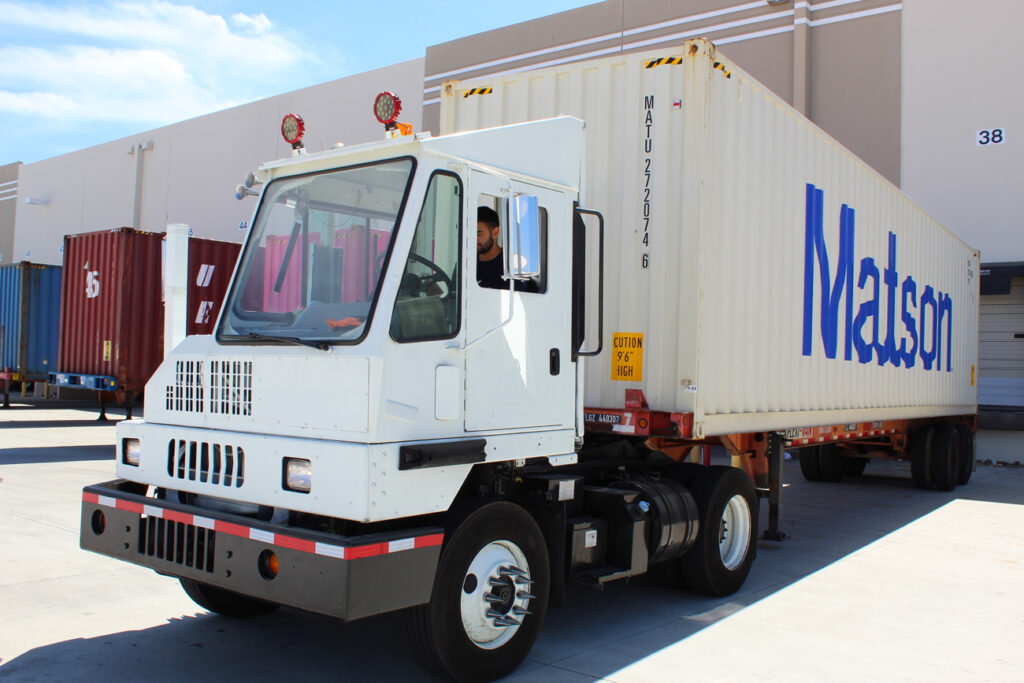A yard truck, also known by various names such as spotters, terminal tractors, Ottawas, switchers, hostlers, yard jockeys, yard dogs, yard tractors, yard goats, utility tractor rigs (UTRs), stevedoring tractors, port tractors, or simply a mule, serves a critical role in logistics and transportation settings. Here are the key details about yard trucks:

- Purpose:
- Yard trucks are specialized vehicles designed for moving semi-trailers and containers within confined spaces like distribution centers, warehouses, and shipping yards.
- They facilitate efficient trailer movement, especially when maneuvering in tight areas where larger trucks or standard tractors might struggle.
- Functionality:
- Shuttling Trailers: Yard trucks transport loaded or empty trailers between loading docks, storage areas, and staging zones within a yard or facility.
- Precision Maneuvering: Their compact design allows them to navigate tight corners, narrow aisles, and congested spaces efficiently.
- Coupling and Uncoupling: Yard trucks connect and disconnect trailers from the tractor unit using a fifth wheel coupling mechanism.
- Safety Features: Many yard trucks are equipped with rearview cameras, audible alarms, and safety lights to prevent accidents.
- Benefits:
- Time Savings: Yard trucks streamline trailer movement, reducing waiting times for loading and unloading.
- Space Optimization: By efficiently organizing trailers, they maximize available yard space.
- Labor Efficiency: Yard trucks eliminate the need for manual trailer movement, saving labor costs.
- Safety: Their slow speeds and safety features enhance overall safety in busy yards.
- Appearance:
- Yard trucks resemble small trucks with a cab, engine, and fifth wheel coupling.
- They have a short wheelbase, allowing for better maneuverability in tight spaces.
In summary, yard trucks play a crucial role in optimizing logistics operations by efficiently managing trailer movement within confined areas. 🚛🌿
